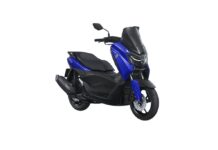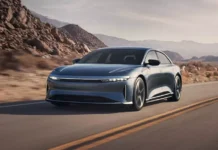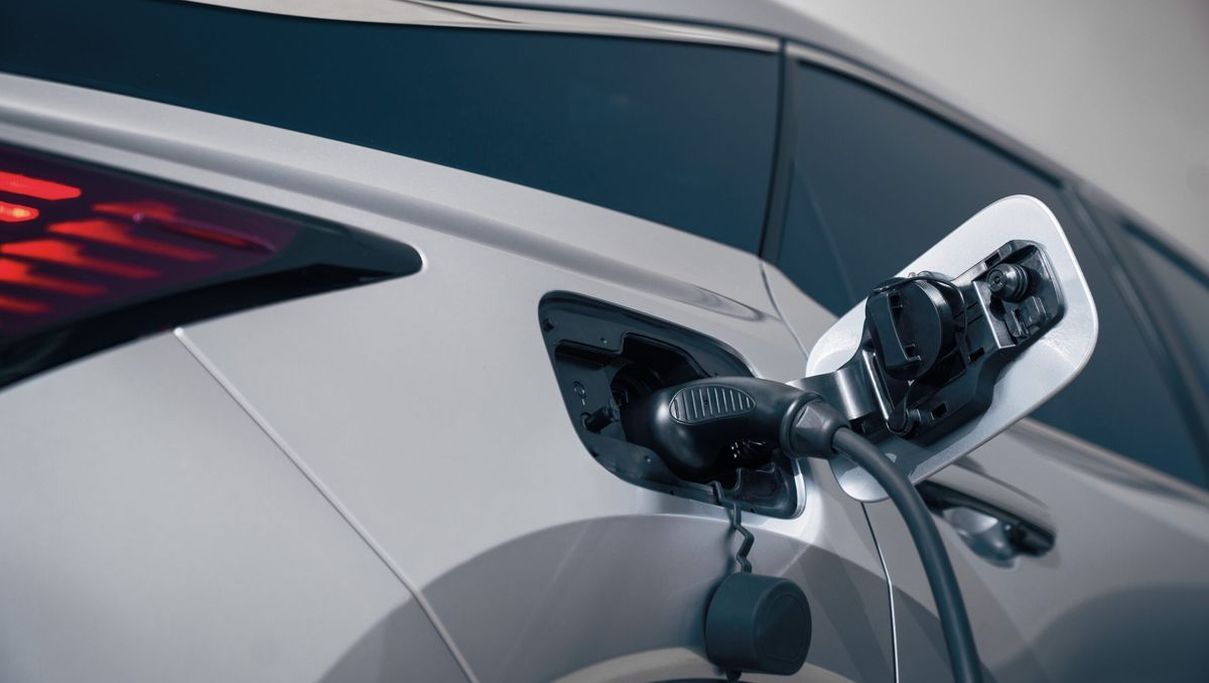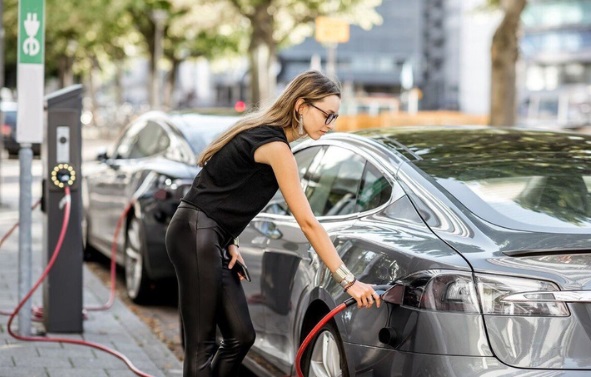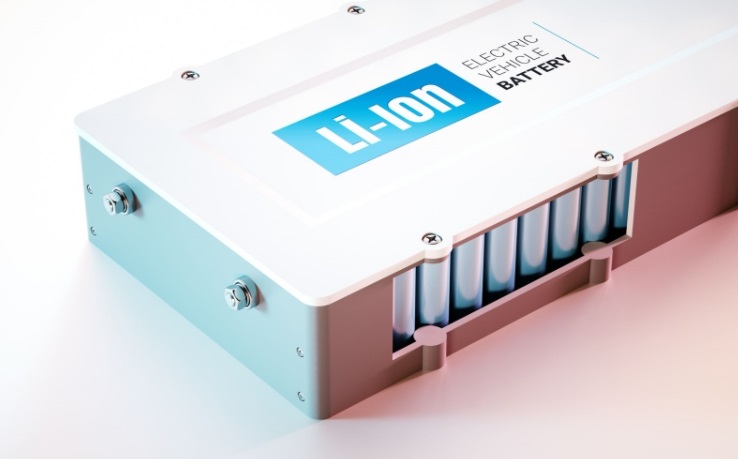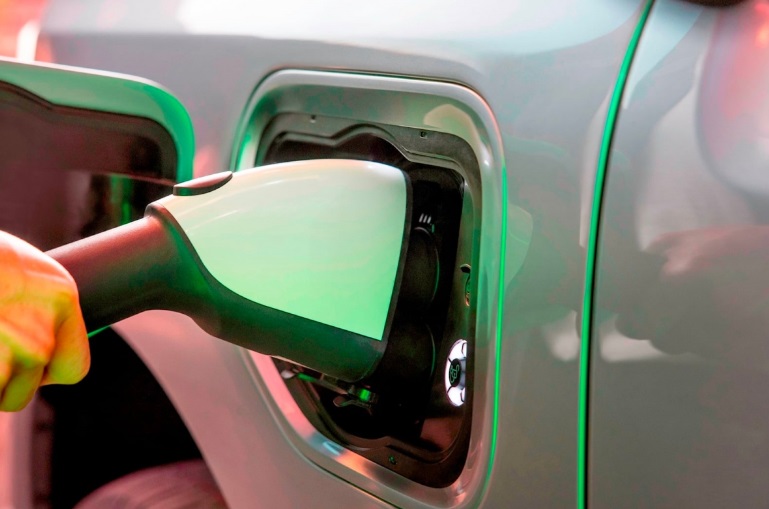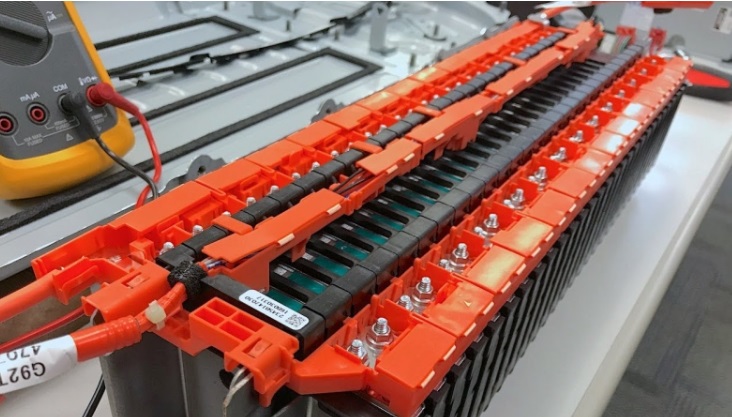Electric vehicle batteries are the heart and soul of all electric vehicles. They are the main power source for the engine and the electronic devices used in the car.
Therefore, these batteries usually have a large capacity to ensure that the car can travel a sufficiently long distance, meeting the ever-increasing demands of consumers.
Nowadays, there are many types of batteries used for electric vehicles, and each type has its own pros and cons.
Here are some of the leading battery technologies that are commonly used in electric vehicles today:
Lithium-ion (Li-on) Batteries
This type of battery is the most commonly used in electric vehicles, as well as in smartphones and laptops on the market. Lithium-ion batteries have a low self-discharge rate, high energy storage capacity, and lightweight.
However, the production of these batteries can be quite costly due to the reliance on expensive materials such as cobalt.
With prolonged use, the lifespan of lithium-ion batteries will also decrease, which can significantly affect the range of electric vehicles.
In addition, lithium-ion batteries have a high risk of fire and explosion. When charging a lithium-ion battery, it is important to follow the recommended charging time, as overcharging can cause the battery to generate heat and produce CO2, leading to a potential explosion.
Lead-Acid Batteries
This is the oldest battery technology and is now only used in low-cost electric bicycles and motorcycles. Lead-acid batteries are highly stable and safe, performing well in harsh conditions.
However, this technology is still in its infancy, and lead-acid batteries have not achieved high efficiency. These batteries are quite heavy, have a low specific energy, and perform poorly in cold weather.
The lifespan of lead-acid batteries is also relatively short, and the significant degradation in performance over time is a major drawback that requires more frequent replacements compared to other types of batteries.
Hydrogen Fuel Cell Batteries
Fuel cells are electrochemical cells that convert the chemical energy of fuel (usually hydrogen) and an oxidizing agent (usually oxygen) into electricity through a redox reaction.
Fuel cells differ from most batteries in that they require a continuous supply of fuel and oxygen (usually from the air) to maintain the chemical reaction, while the chemical energy in batteries is usually stored in the cell.
One of the main advantages of fuel cells is their environmental friendliness. During operation, this type of battery only produces water vapor and does not emit CO2, thus minimizing the impact on the environment.
The refueling time for hydrogen fuel cell batteries is also significantly shorter compared to the charging time of lithium-ion batteries.
However, fuel cells are expensive due to the use of rare materials such as platinum as catalysts in the reaction.
As this technology is still relatively new, the number of fueling stations available may not yet meet the demands of users. Additionally, the storage and transportation of hydrogen require strict safety measures as it is a highly flammable and explosive substance.
Nickel-Metal Hydride (Ni-MH) Batteries
Ni-MH batteries are commonly used in electric vehicles, especially in hybrid models. The biggest advantage of Ni-MH batteries is their durability.
While modern batteries require careful maintenance to prolong their lifespan, Ni-MH batteries can last a long time if properly maintained. Additionally, Ni-MH batteries are easier to recycle as they contain smaller amounts of toxic substances compared to other types of batteries. The high nickel content also makes them profitable for recycling.
The main disadvantage of Ni-MH batteries is their low energy density, which means they cannot store as much energy in the same size or weight as other types of batteries. This results in shorter ranges for electric vehicles.
To achieve the same energy density as Li-ion batteries, Ni-MH batteries need to be larger and heavier, which adds to the overall weight of the vehicle.
In hybrid, plug-in hybrid, and electric vehicles, the batteries have to work hard while the vehicle is in motion, and this is when some of the drawbacks of Ni-MH batteries become apparent. If Ni-MH batteries are charged quickly and then subjected to a heavy load, they will generate a significant amount of heat. As a result, a separate cooling system may be required, adding extra weight to the vehicle.
TH (Tuoitrethudo)


